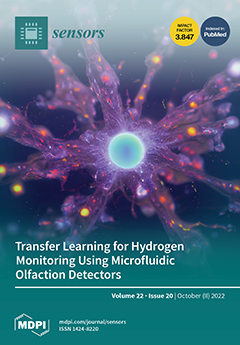The crop water stress index (CWSI) is a widely used analytical tool based on portable thermography. This method can be useful in replacing the traditional stem water potential method obtained with a Scholander chamber (PMS Model 600) because the latter is not feasible for large-scale studies due to the time involved and the fact that it is invasive and can cause damage to the plant. The present work had three objectives: (i) to understand if CWSI estimated using an aerial sensor can estimate the water status of the plant; (ii) to compare CWSI from aerial-thermographic and portable thermal cameras with stem water potential; (iii) to estimate the capacity of an unmanned aerial vehicle (UAV) to calculate and spatialize CWSI. Monitoring of CWSI (CWSI
P) using a portable device was performed directly in the canopy, by measuring reference temperatures (T
dry, T
wet, and canopy temperature (T
c)). Aerial CWSI calculation was performed using two models: (i) a simplified CWSI model (CWSI
S), where the T
dry and T
wet were estimated as the average of 1% of the extreme temperature, and (ii) an air temperature model (CWSI
Tair) where air temperatures (T
air + 7 °C) were recorded as T
dry and in the T
wet, considering the average of the lowest 33% of histogram values. In these two models, the T
c value corresponded to the temperature value in each pixel of the aerial thermal image. The results show that it was possible to estimate CWSI by calculating canopy temperatures and spatializing CWSI using aerial thermography. Of the two models, it was found that for CWSI
Tair, CWSI
S (R
2 = 0.55) evaluated crop water stress better than stem water potential. The CWSI
S had good correlation compared with the portable sensor (R
2 = 0.58), and its application in field measurements is possible.
Full article






